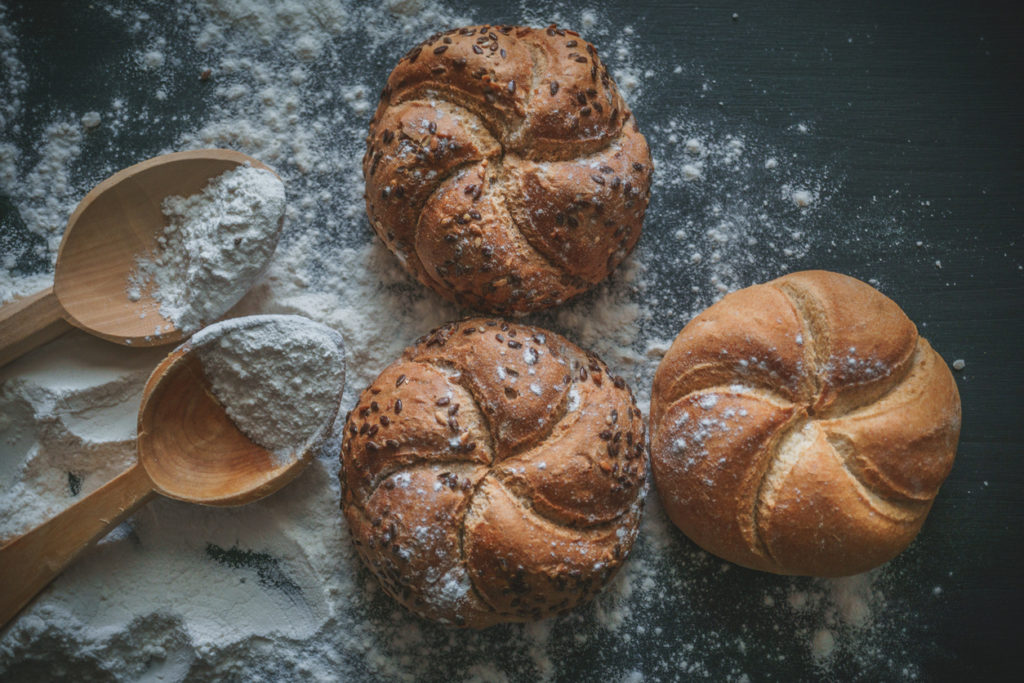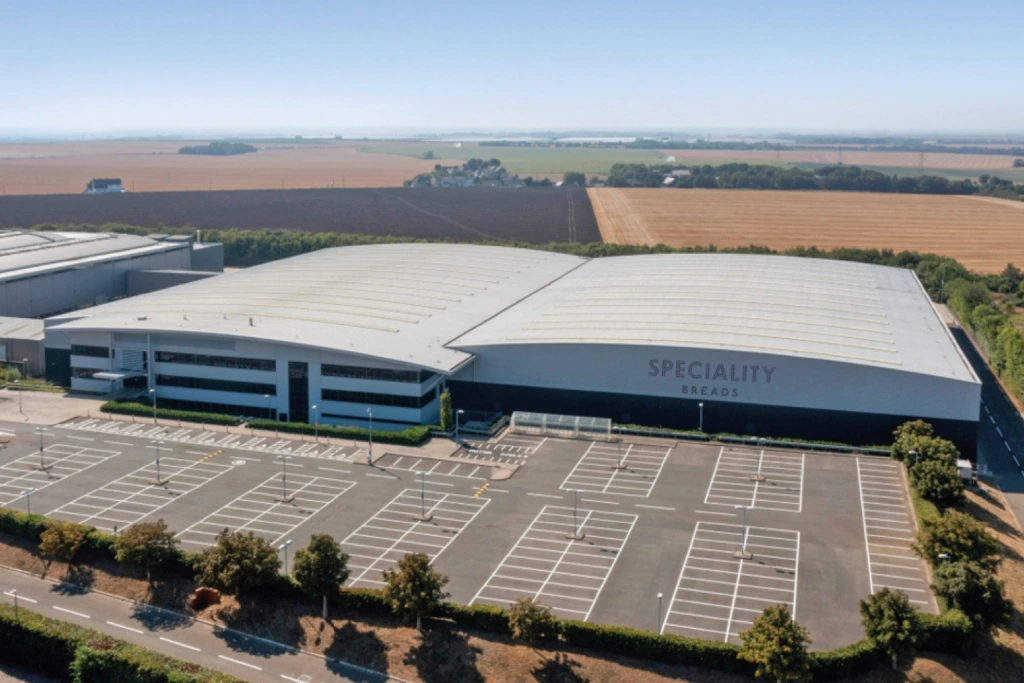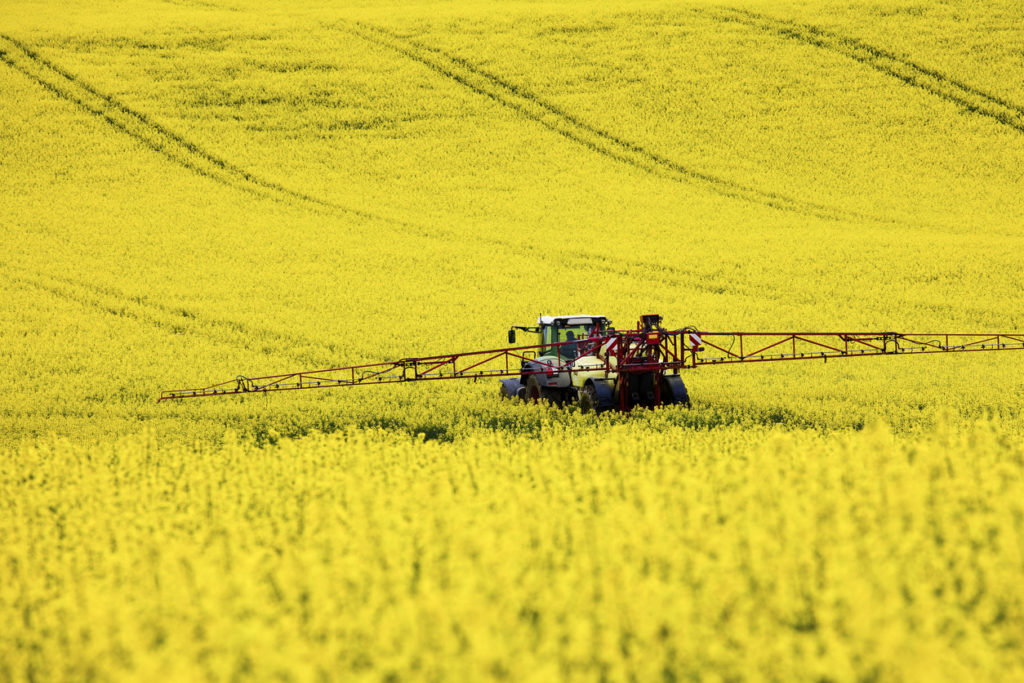- General
Japanese bread’s success story, quirky names for heels, church wafers

Japanese bread is charming the people of south east Asia. Folk all over the world have different names for the end of a loaf, that chunky, odd-shaped leftover bit that you never quite know what to do with. And the Christian church is being asked for gluten-free communion bread more frequently than ever. Here’s the news.
South east Asians adore Japanese bread
It looks like Japanese bread, which is famously spongy and soft, is exactly what bakery-hungry south east Asia wants, and they’re eating it in their millions. Take the super-soft produce made by Yamazaki Baking, which has been selling Japanese-style bread in Indonesia for four years in a joint venture between Mitsubishi Corporation and the Indonesian local convenience store chain Alfamart.
Indonesians tend to prefer the results of Japanese baking, a particularly soft, springy texture that caters very well for local tastes. Japanese white sandwich bread, called shokupan, even has a spongy crust. But there’s more to its popularity than flavour and texture alone. It costs almost 50% less than regular bread, so it’s no surprise it has generated 25% of Yamazaki’s annual revenue of around 1.5 billion yen, selling at 5,600 stores.
It isn’t just a fad, either. The Salim Group is selling Sari Roti bread through more than 15,000 of its convenience stores and other outlets in Indonesia, and it accounts for 90% of breads sold to retailers. Sari Roti is aping Yamazaki’s fluffy white bread success right now, launching a ‘Double Soft Bread’ that also features those hugely popular pillowy crusts.
So far, south east Asia’s bread market is worth 5 billion US dollars. Consumption of bread in the Asia-Pacific region shot up 5% every year from 2010 to 2015, a trend driven by Indonesia, Vietnam and Thailand. At the same time the market research firm Euromonitor International said there was a 1.6% decline in bread consumption throughout Western Europe.
What do you call the end of a loaf?
You know that leftover chunk at the end of a loaf? The bit you never quite know what to do with? We love the new research reported in This is Insider, which examines what different people around the world call the last slice of bread, the final hunk of an uncut loaf.
Will Quam, a Chicago-based theatre teacher and director, was the source of the research, which was originally published on Reddit. Here’s what he discovered.
- 36.7% of responders call it the heel, including almost all Irish and Oklahoman responders
- In Norway they call it a skalk, a word that means ‘heel’
- 27.6% of responders, including most of the responses from non-English speaking people, said they called it the ‘end’, ‘end piece’ or ‘end slice’
- 20% of responders, mostly from the USA, called it the ‘end washer’ or ‘end disk’
- Some Canadians said they call it the ‘bum’ or ‘rump, one called it ‘booty bread’
- Dutch people call it the ‘kontje’, which roughly translates as ‘bottom’
- Australians mostly called it the ‘crust’, as did most Welsh responders
- One-off wonders include ‘Boogeyman Bread’, ‘the Ghost’, the ‘hoof’, ‘the ugly slice’, ‘the nasty slice’ and the over-the-top ‘Satanspawn’, obviously from a crust-hater
- Those who feel it isn’t fit for humans to eat call it ‘dog’s bread’ ‘duck bread’
Anglican Churches under more pressure to provide gluten-free wafers
A few months ago we reported on the surge in demand for gluten-free communion wafers in the Christian church. Now it looks like most Church of England churches are stocking supplies of gluten-free wafers, and some of the bigger churches even have a dedicated gluten-free ‘station’.
Church suppliers Kevin Mayhew said their gluten-free wafers are a top seller, and a spokesperson said many more churches want to offer it as an alternative. The church suppliers Charles Farris say the same, claiming a 20% increase in demand in the past year alone.
The bible says communion bread must be made from ‘the best and purest wheat flour that conveniently may be gotten’. The Church of England says some gluten-free wafers, those made using specially processed wheat, are OK for people to use. But they don’t approve of gluten-free wafers made from non-wheat flour, which they say should not be used in church.
The Catholic church doesn’t allow gluten-free bread for mass at all… yet. The Vatican says ‘hosts that are completely gluten-free are invalid matter for the celebration of the Eucharist’. But apparently ‘low-gluten’ wafers, which are partially gluten-free, are allowed.
Free sample, anyone?
This is the perfect time of year to take delivery of a generous box of free samples. If you want to know what all the fuss is about, find out for yourself why our breads are so popular, just ask. We’ll get an elf on the job right away.



